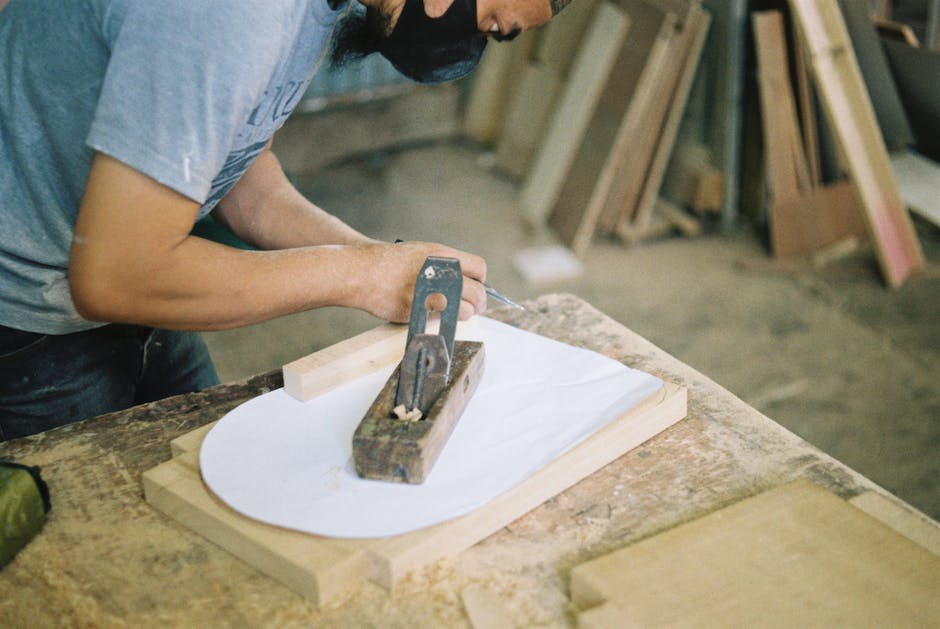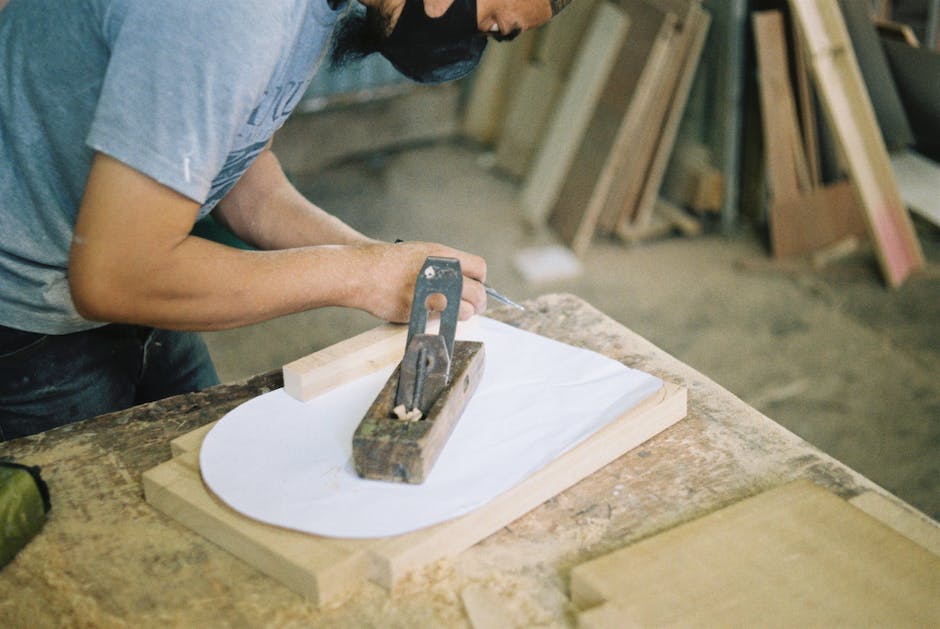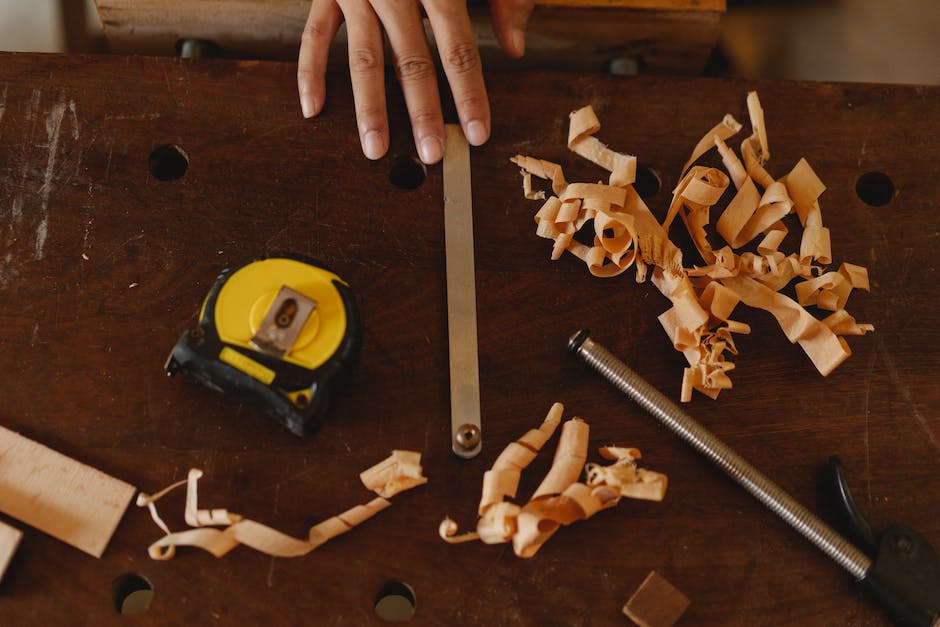Carpenter ants and termites are two common types of insects that can cause damage to homes. Both carpenter ants and termites are wood-destroying insects, but there are some key differences between the two. Carpenter ants are typically larger than termites and have a narrow waist. They also do not eat wood, but instead excavate it to create their nests. Termites, on the other hand, are small insects that have a thick waist. They do eat wood, which they use for food and to build their nests.
Carpenter ants and termites are wood-destroying insects. Carpenter ants tunnel through wood to create their nests, while termites actually consume wood as part of their diet. Both carpenter ants and termites can cause extensive damage to homes and other structures if left unchecked.
How can I tell the difference between a termite and an ant?
Both termites and ants have wings, but there are some differences between them. Termites have front wings and hind wings that are the same length, and they are twice as long as their body. Ants have shorter wings overall, and their front wings are longer than their hind wings. Termites also have straight antennae, while ants have bent antennae.
Carpenter ants are one of the most common types of ants found in the United States. They get their name from their habit of tunneling into wood to create their nests.
Carpenter ants can be distinguished from other types of ants by their bent or jointed antennae. Their bodies are generally dark brown or black, while termite bodies are brown or light brown in color. Carpenter ants also have two sets of wings, but their front wings are longer than their hind wings.
If you think you have a carpenter ant infestation, it is important to contact a pest control professional to get rid of them.
How do you know if you have termites
There are several signs that you may have termites in your home. These include:
Discolored or drooping drywall
Peeling paint that resembles water damage
Wood that sounds hollow when tapped
Small, pinpoint holes in drywall
Buckling wooden or laminate floor boards
Tiles loosening from the added moisture termites can introduce to your floor
Excessively squeaky floorboards
If you notice any of these signs, it’s important to contact a professional for an inspection as soon as possible. Termites can cause serious damage to your home if left unchecked, so it’s important to take care of the problem as soon as you can.
The most common solution to getting rid of wasps is to use an insecticide that contains pyrethroids. The trick is getting insecticidal spray or dust into the nest. You should never spray liquids around electrical outlets or junction boxes, but insecticidal dust can be used in these areas.
What if I see termite damage but no termites?
If you have old termite damage in your home, it is important to determine if there is an active infestation present. This can be done by looking for signs of live insects, such as mud tubes or wood that sounds hollow when tapped. If there is an active infestation, it is important to take steps to eliminate the termites and repair the damage they have caused.
Carpenter ants are known to cause structural damage if they get inside your home. They are not known to carry and transmit diseases, so they are not dangerous from a health standpoint.
Why do I suddenly have carpenter ants in my house?
There are a few reasons why you might suddenly have carpenter ants in your home. It could be that there’s a nest in the house somewhere and the ants are just now beginning to forage for food. Or, it could be that the weather has warmed up enough that the ants are beginning to become active again after being dormant all winter. If you notice these ants later in the year, it won’t be as obvious if they’ve been there the whole time or if it’s a new problem.
If you have noticed woodpeckers around your home, it is important to take action to prevent them from causing damage. Woodpeckers hollow out wood in order to create their nests, and this can weaken the structure of your home and pose a danger to you and your family. There are a few things you can do to deter woodpeckers, such as making noise or installing physical barriers.
What kills termites instantly
There are two main chemicals used to kill termites—fipronil and hexaflumuron. Fipronil is the specially designed chemical used as an active ingredient in many different liquid termiticides. In high enough concentrations, it can kill termites on contact.
If you notice any of the following signs, you may have a termite infestation:
1. Stuck windows or doors: If you have a window or door that suddenly feels stuck, or became much harder to open or close, this could be a sign of termite damage.
2. Damage under paint or wallpaper: If you notice damage under paint or wallpaper, it could be a sign of termites.
3. Termite swarmers & discarded wings: If you see termite swarmers or their discarded wings, this is a sure sign of an infestation.
4. Mud tubes: Mud tubes are another sign of termites. These are tunnels that termites build to travel from their nests to food sources.
5. Termite droppings: Termite droppings, also known as frass, are another sign of an infestation.
What time of year do termites come out?
Most species of termites swarm during the spring and summer months, typically on a warm day with calm winds after a rainfall. Drywood termites and one particular species of subterranean termite (R hageni) typically swarm during the late summer or fall months, from August through November. Swarming termites are able to fly, and will often be seen around lights or windows in your home. If you see swarming termites, it’s important to contact a pest control professional as soon as possible to prevent an infestation.
Carpenter ants are difficult to get rid of because they burrow deep into wood to make their nests. You have to use different methods to get rid of them than you would use for other types of ants.
Does vinegar keep carpenter ants away
Carpenter ants are a common problem in many homes. But did you know that there are a few common household items that can help eliminate them?
Dish soap, baking soda, and vinegar are all effective at getting rid of carpenter ants. You can spray white vinegar onto countertops and in cracks along the floor that the ants are using as their travel path to hide the chemical trail ants use to find their way.
Killing ants can actually attract more ants because when the ants die, they release pheromones that alert other ants in the area. So if you’re trying to get rid of ants, it’s actually better to just relocate them.
How do you tell if you have termites in your walls?
If you notice any of these signs in your home, it’s possible that you have termite damage. However, the only way to know for sure is to contact a professional for an inspection.
You’ll know you have active termite activity when you notice droppings even after a deep house clean. Subterranean termites drop carboard-like excrement known as “carton”. In comparison, drywood termites leave behind frass- hexagonal droppings, which they push out from the holes they create on damaged wood.
Do termites ever go away on their own
If you have termites, it’s important to get rid of them as soon as possible. They will not go away on their own and will continue to eat away at your home. While many pests need to find a food source inside your home in order to stay, termites do not. Your home IS the food they eat.
Carpenter ants are one of the most destructive pests in the United States, causing an estimated $5 billion in damage each year. For that reason, it is important to locate carpenter ant nests early and have them removed by a professional. Although carpenter ant nests are difficult to find, most experts recommend tapping into wood surfaces and listening for a hollow sound, which can indicate damaged wood. Using this technique may cause ant workers to panic and appear from their nests. Once you have found a nest, it is important to have it removed by a professional as soon as possible to prevent further damage to your home.
Wrap Up
Carpenter ants and termites are both wood-destroying insects. The main difference between the two is that carpenter ants do not eat wood, they just nest in it. Termites, on the other hand, actually eat wood as part of their diet.
Termites are much more destructive than carpenter ants. While carpenter ants only excavate wood for nesting purposes, termites actually eat wood, which can cause extensive damage to a home.

